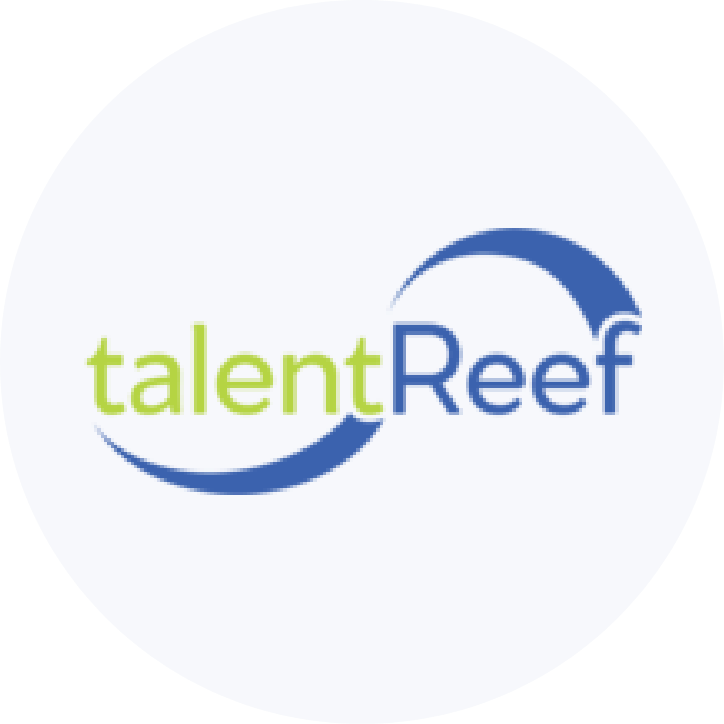When it comes to job satisfaction vs. employee engagement, many people use the two terms interchangeably. However, they’re actually quite different, yet must coexist to maintain a productive workplace. Continue reading to learn the difference between employee engagement and job satisfaction. Plus, discover the hiring solution that helps you identify which applicants will be highly engaged and satisfied with their job like your best team members.
The Difference Between Employee Engagement and Employee Satisfaction
The key difference between job satisfaction and employee engagement is that satisfaction is more commonly the cause, while engagement is the effect. Satisfied workers tend to be content while engaged ones tend to be go-getters.
What Is Employee Engagement?
Employee engagement is a measure of how emotionally connected team members feel to their work. Engaged staff are motivated and enthusiastic about their job. They often go the extra mile for their employer. These individuals enjoy working and derive happiness from their interactions with their co-workers.
Disengaged employees, on the other hand, are apathetic toward both their job and company. They likely put in little effort and may even have a poor attitude, which can negatively impact other team members. A survey from Gallup revealed that disengaged staff members cost companies over $500 billion per year in lost productivity.
What Is Job Satisfaction?
Job satisfaction is largely about the perks of being at work: fair pay, generous work-life balance, adequate benefits, etc. It also encompasses a worker’s overall happiness with their role and company. An unsatisfied team member will likely become less productive, while satisfied employees are more likely to feel engaged from their job.
Factors That Foster Employee Satisfaction and High Employee Engagement
The key to effective employee engagement is to provide an enjoyable work environment and maintain a positive company culture. Here are a few ideas to get you started:
- Fair compensation (above minimum wage, if possible) and a benefits package
- A comfortable break room to decompress and relax
- A clear performance review process tied to individual goals and objectives
- Opportunities for growth so team members can reach their full potential
Highly engaged workers are more motivated to consistently execute their best work as they feel deeply connected to their responsibilities and workplace culture. It’s less about what gets them through a workday (although perks like free food can go far), and more about how they feel about their role. For more information, check out this guide which features strategies on how to maintain employee engagement.
Positive experiences go a long way in keeping workers engaged. But, it’s not the only thing that matters. It’s critical to evaluate an individuals’ initial satisfaction and engagement levels during the hiring process.
Replicate your top performers with Sprockets! Our Applicant Matching System reveals what makes your best employees so successful, ultimately empowering you to build highly engaged teams that will stay long term. In fact, Sprockets users spend 37% less time on the hiring process. It’s proven to work and trusted by top brands like Buffalo Wild Wings.






























